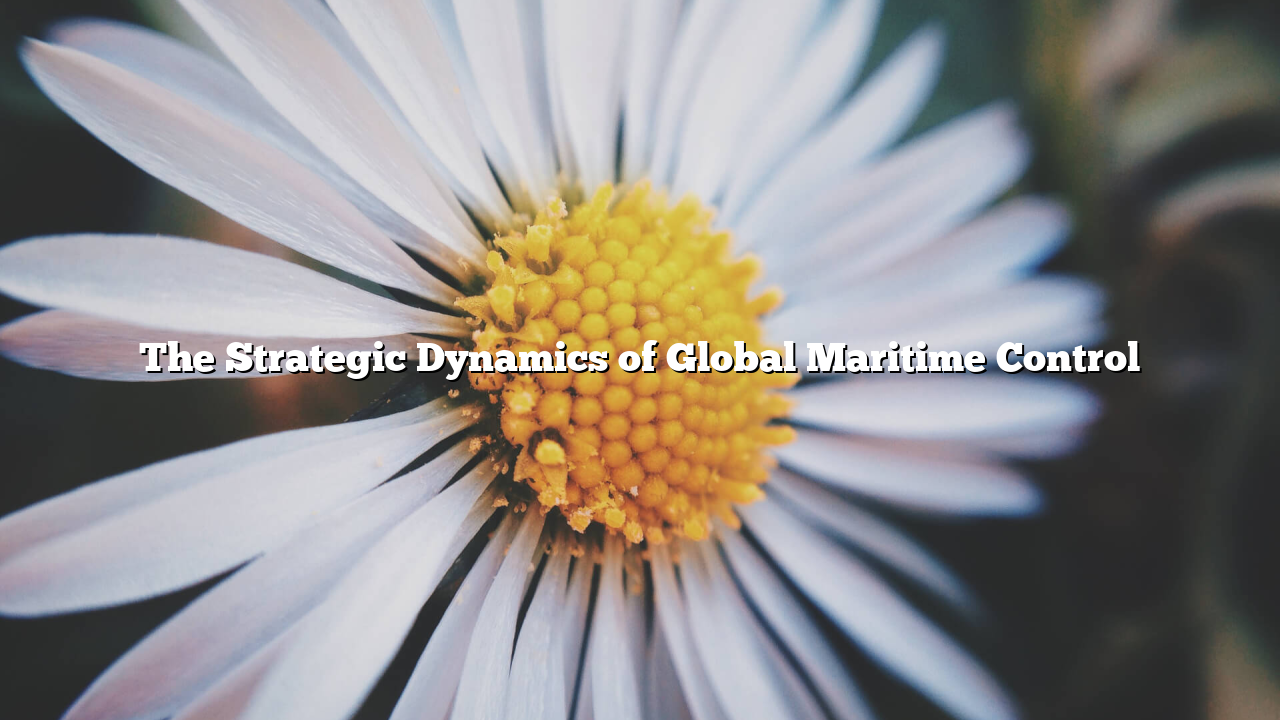Maritime control has long been a cornerstone of national power, but in the 21st century, it has evolved into a structural instrument of geopolitical influence. Beyond Pokemon787 alternatif traditional naval deployment, maritime strategy now encompasses trade security, port infrastructure, undersea cable protection, and industrial supply chains. States that command maritime nodes gain long-term leverage over global commerce, technological flows, and strategic alignments.
China has systematically expanded its maritime presence, combining naval modernization with commercial and infrastructural initiatives. The South China Sea, artificial island development, and port investments under the Belt & Road Initiative allow Beijing to integrate trade networks, monitor critical sea lanes, and project influence into regional and global waters. By controlling both physical and economic maritime corridors, China ensures structural leverage over countries dependent on these routes for industrial and commercial flows.
The United States maintains a global maritime strategy centered on coalition networks and technological superiority. Through alliances such as NATO, AUKUS, and bilateral naval partnerships, Washington ensures freedom of navigation, protects critical shipping lanes, and reinforces operational dominance. U.S. naval forces provide not only defense but also industrial and economic security, guaranteeing that key maritime chokepoints remain open and aligned with allied interests.
Europe leverages regulatory frameworks, investment initiatives, and technological expertise to project maritime influence. The EU coordinates standards for port management, shipping compliance, and maritime environmental protection, creating indirect leverage over global maritime actors. Although Europe lacks the same naval reach as China or the U.S., its approach reinforces structural influence through normative authority, financial investment, and technical expertise.
Emerging economies, particularly in Southeast Asia, Africa, and Latin America, are increasingly aware of the strategic importance of maritime infrastructure. Control over ports, shipping corridors, and undersea cable hubs directly impacts industrial competitiveness, trade revenue, and technological connectivity. Alignment with dominant maritime powers offers capital and security benefits but also creates dependencies, subtly shaping diplomatic and industrial autonomy.
The strategic value of maritime control is amplified by its integration with technology and industry. Critical undersea cables, shipping chokepoints, and industrial port facilities serve as nodes of leverage, allowing states to influence logistics, communications, and industrial supply chains. Maritime dominance thus extends beyond naval power, functioning as a force multiplier in economic, technological, and diplomatic domains.
The structural insight is evident: maritime infrastructure is both an enabler and instrument of statecraft. Nations that secure and manage strategic maritime nodes consolidate operational freedom, industrial resilience, and influence over allied networks. States that fail to assert control risk structural dependency, reduced negotiating power, and vulnerability in global trade and technology flows.
In conclusion, multipolar geopolitics increasingly revolves around maritime control. Naval presence, port infrastructure, and undersea connectivity are critical instruments of strategic power, defining the operational environment, shaping trade and industrial networks, and embedding influence across regional and global systems. The next decade will see maritime dominance remain a decisive factor in global strategic competition.
